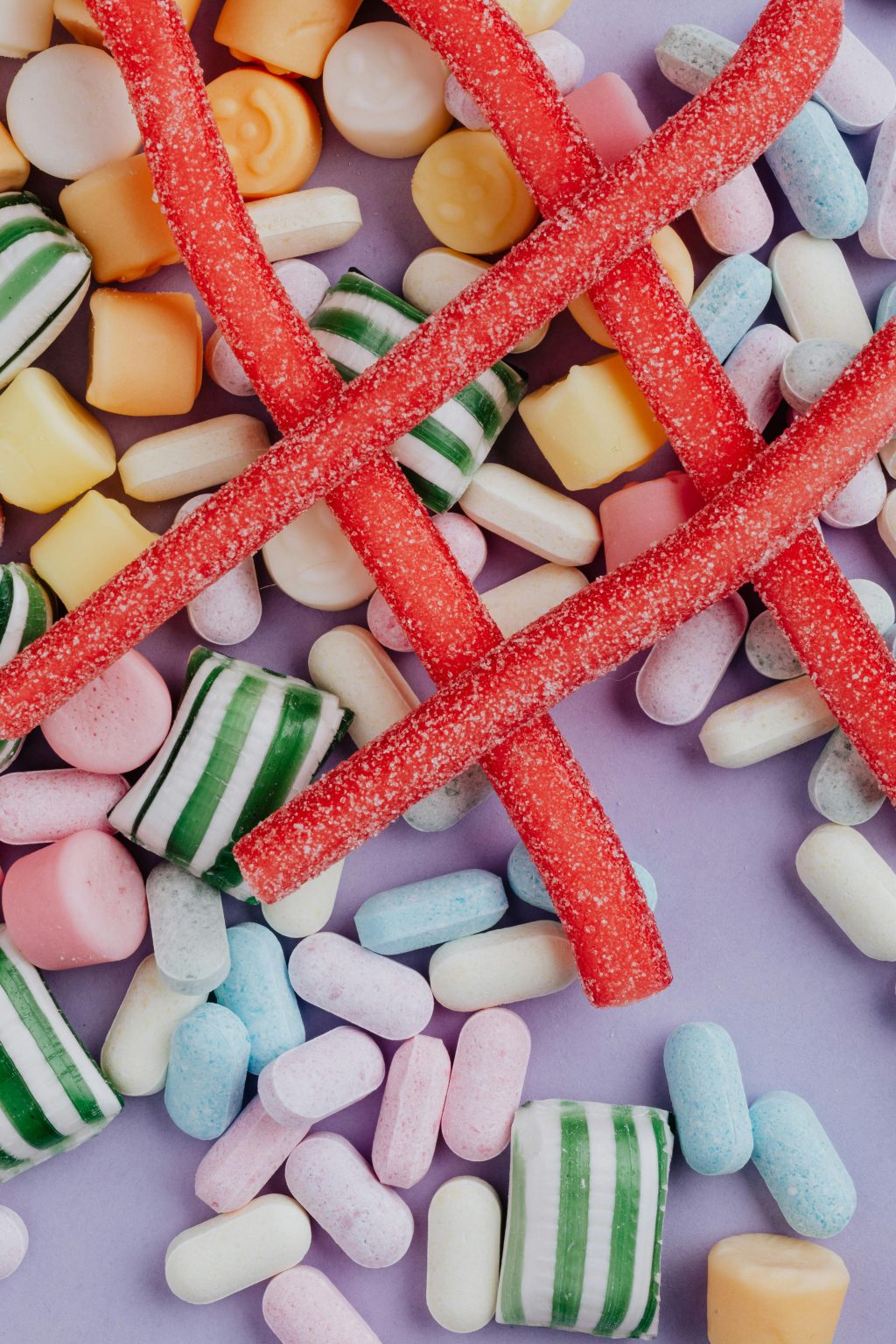Few rituals capture joy as instantly as scooping into tubs of pick n mix sweets. The clatter of the scoop, the rustle of the paper bag, and the impossible decision of whether to take one more fizzy cola bottle or swap it for a chocolate jazzie — it’s a drama that has played out for decades. Pick n mix is not merely a way of buying sweets; it’s an experience steeped in nostalgia, choice, and cultural significance. To explore its story is to uncover why it remains a cornerstone of British indulgence.
Ancient Roots, Sweet Beginnings
Sweets were not always about pleasure. The earliest confections were medical tools — honey-coated herbs, lozenges to soothe throats, candied peel to aid digestion. Sugar was a rare and expensive commodity, treated with reverence. By the Renaissance, however, sugar had become a symbol of wealth and status. Aristocrats displayed candied fruits and marzipan creations at banquets, transforming dining tables into edible galleries. What began as medicine evolved into entertainment, and indulgence crept onto the cultural stage.
The Golden Age of the Sweet Shop
By the 19th century, industrialisation made sugar affordable. Suddenly, sweets belonged not just to the elite but to the masses. The Victorian sweet shop became an institution: rows of glass jars gleaming like jewels, each promising a different delight. Humbugs, sherbet lemons, pear drops, and aniseed balls filled paper bags in exchange for a precious penny. Children adored the ritual — the weighing on brass scales, the rattle of coins, the anticipation of tearing open the bag before leaving the shop. The sweet shop was more than retail; it was theatre for the senses.
The Victorians also pioneered many of the classics that still fill modern pick n mix bags. Toffee was stretched, liquorice twisted, boiled sweets coloured and flavoured in ever-bolder ways. Sugar was not just sustenance; it was spectacle.
Chocolate, Chews, and Cultural Icons
The 20th century ushered in a new revolution: chocolate. Once a luxury, industrial production made it accessible to the public. Dairy Milk, Mars, KitKat, and Aero became household names. Alongside chocolate, chewy delights such as Fruit Salads, Black Jacks, and toffees became staples of playground life. These sweets were more than treats — they were currency in the swapping economy of childhood, tokens of friendship, and occasional bribes between siblings. A single bar or chew could carry social power far beyond its price.
Advertising reinforced this power. Jingles like “A finger of fudge is just enough” became cultural catchphrases. Packaging evolved into bright, collectible designs that turned even wrappers into miniature treasures. Sweets became embedded not only in diets but in memory, pop culture, and national identity.
The Birth of Pick n Mix
It was in cinema foyers that the modern pick n mix format found its first stage. Patrons could scoop their own assortments, weighing out a personalised bag to accompany the film. The idea spread quickly to supermarkets and dedicated sweet counters. The principle was simple: freedom of choice. A child could mix fizzy cherries with milk chocolate raisins, a teenager could pair sour belts with gummy worms, and adults could quietly slip in a handful of liquorice allsorts. No two bags were ever the same, and that was the magic.
Pick n mix represented democracy in sugar form. It gave children their first genuine consumer power: with pocket money in hand, they were free to craft an edible identity. Adults, too, relished the nostalgia — a return to simpler times when a scoop of strawberry laces was enough to brighten the week. It was indulgence made personal, pleasure by design.
Global Flavours, Local Rituals
As trade expanded and travel became easier, pick n mix assortments reflected the world beyond Britain’s shores. Turkish Delight introduced perfumed indulgence; American peanut butter cups brought rich decadence; Japanese KitKats offered flavours from matcha to wasabi. A bag of pick n mix could now contain tastes from every corner of the globe, each scoop a miniature cultural exchange. Yet the ritual remained stubbornly local: the bag, the scoop, the weigh-in, and the satisfaction of creating a personal blend of joy.
The Role of Sweets in Celebration
Sweets have long marked life’s milestones. Christmas without chocolate coins feels incomplete. Easter is defined by eggs, Halloween by buckets of sugary loot. Birthdays come with party bags, weddings with sweet tables. Pick n mix thrives in these contexts because it adapts so easily. A pastel assortment for weddings, a sour-heavy mix for teenagers, a retro bundle for nostalgic adults — the format bends to fit the moment. In every celebration, pick n mix plays both a supporting role and a starring one.
The Psychology of Pleasure
Why does pick n mix hold such sway over us? Part of the answer lies in psychology. Variety intensifies enjoyment. A uniform box of chocolates offers pleasure, but a bag filled with contrasts — tangy sherbet, chewy toffee, fizzy gummies, creamy chocolate — delivers excitement bite after bite. Each sweet is a surprise, a small gamble that pays off with flavour. The unpredictability is safe, contained, and joyful — a kind of edible entertainment. It’s this sense of play that keeps pick n mix irresistible.
Nostalgia in a Bag
For adults, pick n mix is time travel. The first bite of a foam banana can trigger memories of Saturday cinema trips. A rhubarb and custard sweet recalls grandparents’ glove compartments. Cola cubes conjure corner shops with pocket money spent in haste. Nostalgia sweetens flavour, transforming sugar into memory. Retailers know this, which is why retro assortments remain perennial bestsellers. When we scoop from a tub of old favourites, we are not just indulging taste buds — we are preserving the past.
Sweets on Screen and Social Media
Pick n mix has always been cinematic. It began in foyers and remains central to the movie-going ritual. But in the digital age, it has also become social media gold. TikTok videos of unboxings, colour-sorted assortments, and sour challenges rack up millions of views. A scoop of neon sweets spilling into a paper bag is content as well as confection. Just as sweets once spread through playground gossip, they now spread through algorithms — proof that the medium changes, but the message of joy remains the same.
Adapting to the Modern World
The sweet industry has faced challenges: rising health consciousness, environmental concerns, and dietary needs. Pick n mix has adapted with agility. Vegan sweets free of gelatine, Halal assortments, sugar-free options — all now sit comfortably within the same tubs as traditional favourites. Packaging is evolving too, with biodegradable bags and recyclable tubs replacing plastic. Pick n mix is not stuck in the past; it evolves while keeping its essence intact.
The Future of Pick n Mix
What does the future hold? Perhaps 3D-printed sweets customised to exact flavour profiles. Perhaps AI-curated assortments that predict your perfect bag. Perhaps entirely new textures and tastes dreamed up by innovative confectioners. Yet the basics will not change: a scoop, a bag, a moment of choice, and a rush of joy. Pick n mix thrives because it combines timeless ritual with boundless possibility. It is as much about the act of choosing as the act of eating.
Conclusion
At its core, pick n mix is more than confectionery. It is a ritual of memory, freedom, and delight. It bridges generations, adapts to trends, and remains as thrilling today as it was in Victorian sweet shops. And while the tubs may look different and the flavours more global, the essence is unchanged: sugar made personal. That is why pick n mix sweets will always endure, still rustling in our hands, still sparking joy, and still proving that sometimes the sweetest things in life are the simplest.



